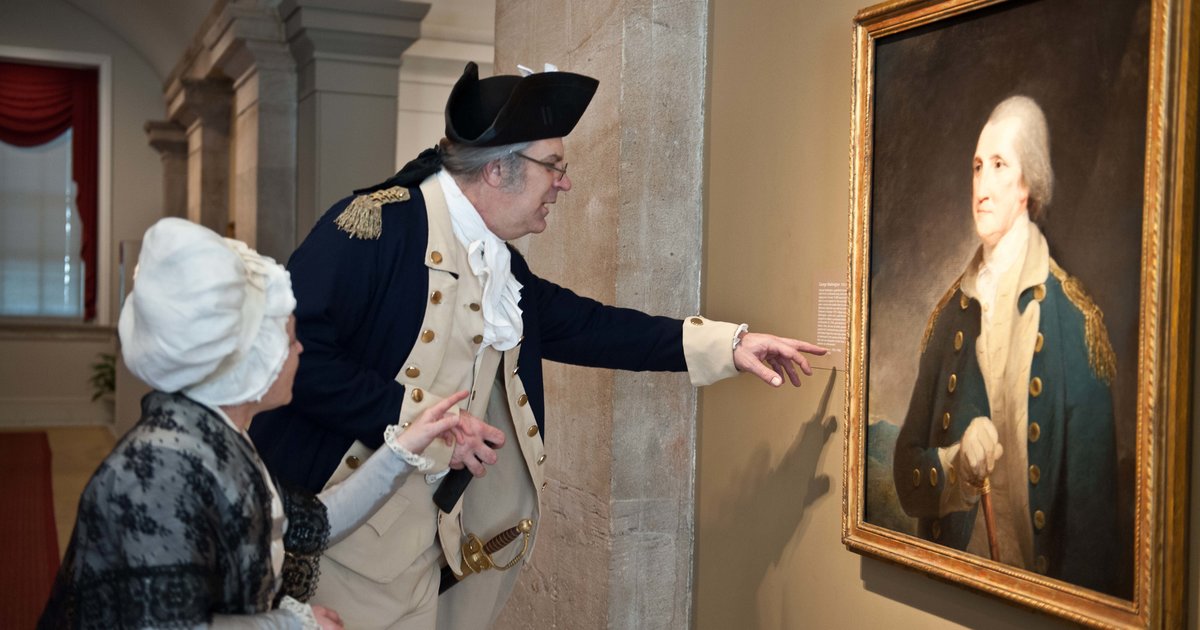[ad_1]

The first presidential election in the United States was held about 227 years ago. It was a January, and a few months prior, the leaders of our newly formed nation had declared a group of their peers would select a commander in chief.
It was a vastly different nation, and that initial ol’ boys club reflected as much: only white, rich landowners were allowed to vote for the president. When it came down to it, that power was bestowed on just 6 percent of the American people.
So what’s changed since that day in 1789? Certainly a lot, but in some areas, things still have a ways to go.
Almost all of us can vote.
It took more than a century, but the vote was legally extended to all white men, regardless of land ownership, then to former male slaves, women, all Native Americans, all people of Asian ancestry, and those aged 18 and older.
Some are still prohibited, however, including nearly 6 million convicted felons. Many have compared the policy to disenfranchise people with felony convictions as a “modern-day version of Jim Crow” that unfairly targets black Americans, a segment of the population long impacted by mass incarceration.
The battle for the Voting Rights Act of 1965 also rages on after a 2013 Supreme Court decision invalidated key parts of the bill. Voter identification requirements in some states have been blamed for placing an unfair burden on black voters.
Ironically, despite hurdles and the longstanding fight for voters’ rights, many Americans still don’t participate in elections. The 2014 midterm elections saw the worst voter turnout in 72 years, and nationally, just 36.3 percent of those eligible cast a ballot.
The president and vice president run as a team.
During the first election, things were a bit simpler. Yes, there was a convoluted Electoral College, and yes, it was composed of solely rich white men. But Americans didn’t vote for a president and vice president together.
Rather, each elector cast two votes for two separate men (one of whom was required to live outside of the elector’s home state). Presumably, both votes went to the two people an elector thought would be a good leader, and at the end of the day, whoever had the majority of votes became president and the person with the second most became vice president.
Things changed in 1804 with the adoption of the 12th Amendment, which created a separate ballot for the vice president. Now, two people almost exclusively run together, with the VP chosen by the presidential candidate during their campaign, and Americans are given a neatly wrapped political package.
(Long) campaigns are a thing.
We now live in an era of nearly two-year-long presidential campaigns, a far cry from the first election in 1789.
Election season has ballooned from when Congress used to choose nominees in the early days of America. The New York Times notes the modern-day campaign didn’t begin until after World War II, where it emerged as “a way for dark-horse candidates to prove their viability.”
Many countries have far shorter election cycles, most mandated by law. Canada took less than three months for its most recent one. The first presidential hopeful to announce his candidacy for 2016, Sen. Ted Cruz (R-Texas), did so 596 days in advance.
Also on HuffPost:
[ad_2]
Source link






















